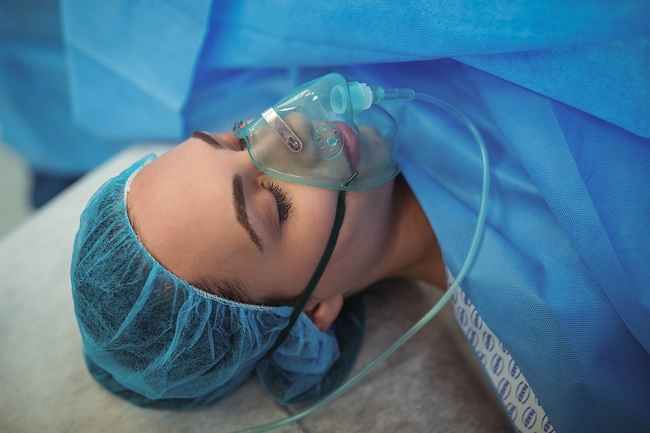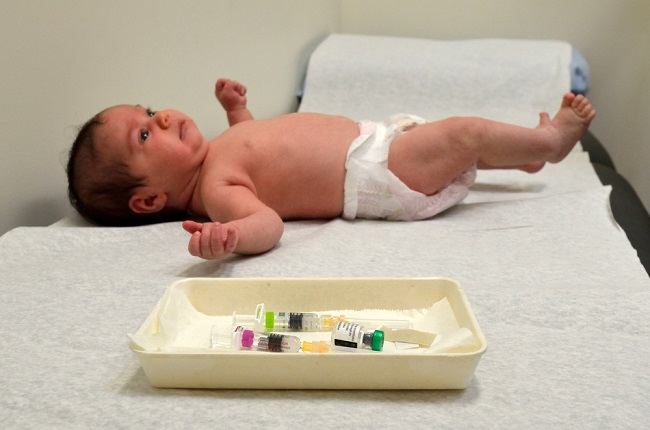Buerger's disease is a condition characterized by the appearance of pain in the hands and feet, with pale skin. This is because the blood vessels of the hands and feet are affected in the form of inflammation and swelling, which can then become blocked due to the formation of blood clots.
This condition can cause gangrene in the hands or feet, namely the death of tissue due to the flow of oxygen and nutrients to these parts being cut off. If it has reached this phase, then the treatment is amputation.

Symptoms of Buerger's Disease Pain in the hands and feet of people with Buerger's disease can be very intense and can appear at any time, whether the patient is active or resting. Pain may also worsen when the patient is stressed or exposed to cold air. Some of the symptoms that can be felt include: The exact cause of Buerger's disease is not known. However, there are allegations that the use of tobacco, whether in the form of cigarettes, cigars, or products consumed, is the main factor causing this condition. Substances contained in tobacco are believed to cause irritation of the blood vessels which then triggers inflammation. In addition to tobacco, there are 2 other factors suspected of causing Buerger's disease, namely genetic factors and immune system disorders that make the immune system attack healthy body tissues. In Asia, Buerger's disease is more common in people between the ages of 40-45, and who are active or have actively used tobacco products. Get regular health checkups, especially if you have factors that can increase your risk of Buerger's disease. There is no specific method for diagnosing Buerger's disease. The diagnosis is made by ruling out other causes that can cause similar symptoms, apart from Buerger's disease. The diagnosis process begins with an examination of the symptoms, risk factors, and the patient's overall health condition. After that, the examination can be continued with tests. Some of the tests commonly used are: Although there is no method that can completely cure Buerger's disease, there are several ways that can be done to relieve the symptoms. Treatment of this disease must be adjusted to the symptoms that appear. The symptomatic treatment that is believed to be the most effective is to stop tobacco use. Patients must completely avoid products containing tobacco, be it cigarettes, cigars, or tobacco products that are consumed. If necessary, doctors can recommend patients to follow a special program that aims to overcome smoking addiction. In addition to avoiding the use of tobacco, treating the symptoms of Buerger's disease is also done by: In addition to some of the methods above, symptom management can also be done at home. Patients can compress the hands and feet with warm water to increase blood flow, so that the pain felt can be reduced. However, it would be better if the treatment at home is discussed with the doctor first. The doctor will determine the right treatment and according to the patient's condition. People with Buerger's disease may experience gangrene (tissue death) in the fingers and toes. This condition is the impact of slowing down or even stopping the blood supply to that part. Gangrene is usually characterized by numbness and discoloration of the fingers or toes to blue or black. It would be better if the patient immediately went to see a doctor when he realized the appearance of the above symptoms. Prevention of Buerger's disease can be done by avoiding cigarettes or using products made from tobacco. Patients who are addicted to smoking can consult a doctor. Doctors will recommend therapy to help patients overcome addictions. In addition, efforts can also be made to reduce the risk of Buerger's disease, including:ReasonBuerger's Disease
Buerger's Disease Diagnosis
Buerger's Disease Treatment
Complications of Buerger's Disease
Prevention of Buerger's Disease









